

Location and Size
Locations
Nadowli district is located in the heart of the Upper West region of Ghana. It lies between latitude 11° 30° and 10° 20
Topology and Drainage
Relief
The The Landlord of the district is low lying but gently undulating at altitudes ranging between 150m- 300m above sea level though some parts average 600m.
Drainage
There is one major stream, the Bakpong and several ephemeral streams, which flow into the Black Volta.
Climate and Vegetation
Climate
The district has a mean annual temperature of 32°C and a mean monthly temperature ranging between 36°C in March to 27°C in August. The district ties within the tropical continental zone and annual rainfall is confined to 6 months that is from April to September and is also unevenly distributed.Mean annual rainfall is about 1100mm with its peak in August. Between October March there is virtually no rain and this long dry season is made harsh by the dry northeasterly harmattan winds. Relative humidity is between 70%and 90% during the rainy season but is as low as 20% during the long dry season.
Vegetation
Nadowli district lies within the tropical continental or guinea savannah woodland characterized by shrubs and grassland with scattered medium sized trees. Some economic trees found in the district are kapok, shea, baobab, mango and dawadawa and these are both resistant to both fire and drought.
Geology and Soil
Geology
Three main types of rocks underlie the district these are Birimanian and Granite to the west and some parts of the east and basement complex to the east. The Birimanian rock formation is known to have traces of gold, which needs further investigation to establish its feasibility for exploitation. These rocks also hold a considerable quantity of water, which can readily be made available for use by drilling of boreholes and sinking of wells.
Soils
The soil types are laterite, sandy and sandy loam (savanna ochrosols). They are generally poor in organic matter and nutrients as a result of the absence of a dense vegetative cover caused by bush burning, overgrazing, protracted erosion and poor farming practices.Relatively fertile soils (sandy loams) however occur to the south east of the district around Issa and Tabiesi; and support crops such as yams, cereals, legumes and rice
Date Created : 11/29/2017 7:41:56 AM


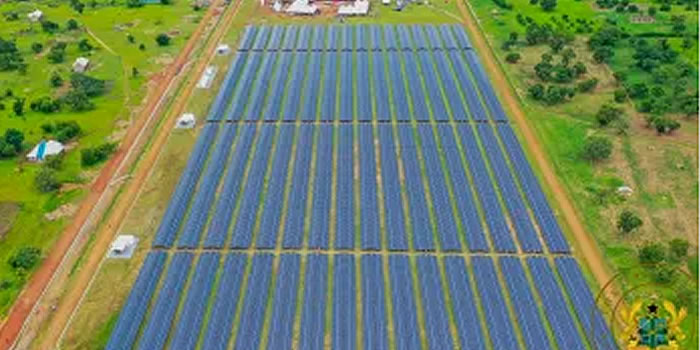
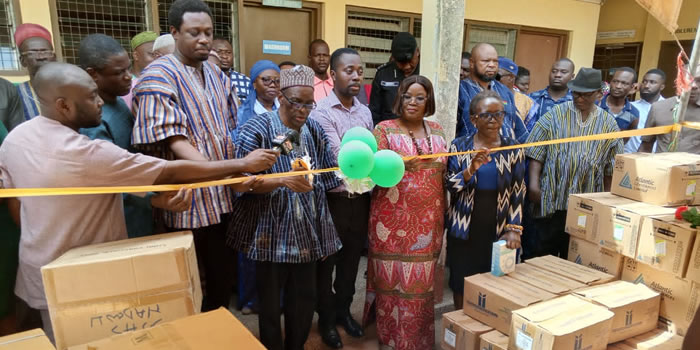
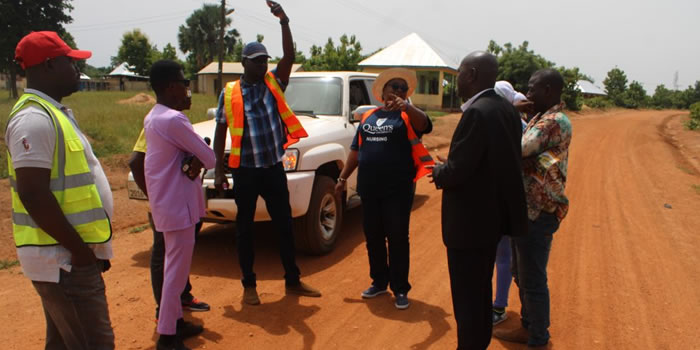
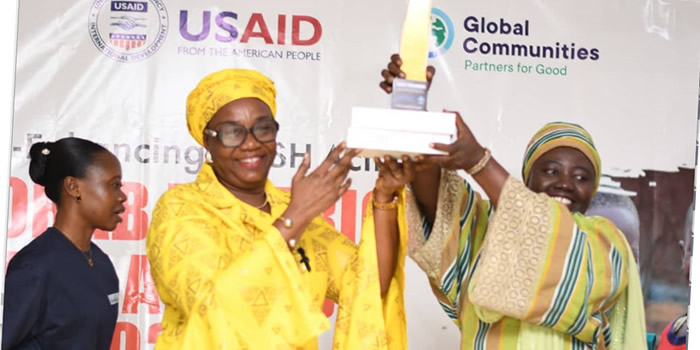
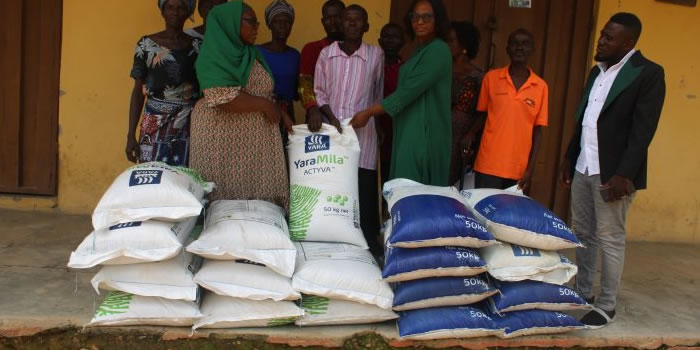
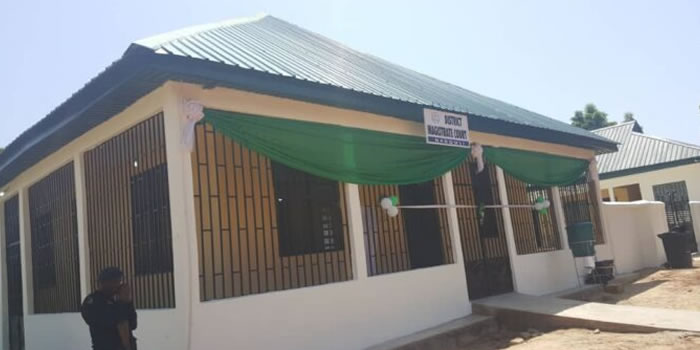




 facebook
facebook
 twitter
twitter
 Youtube
Youtube
 +233 593 831 280
+233 593 831 280 0800 430 430
0800 430 430 GPS: GE-231-4383
GPS: GE-231-4383 info@ghanadistricts.com
info@ghanadistricts.com Box GP1044, Accra, Ghana
Box GP1044, Accra, Ghana